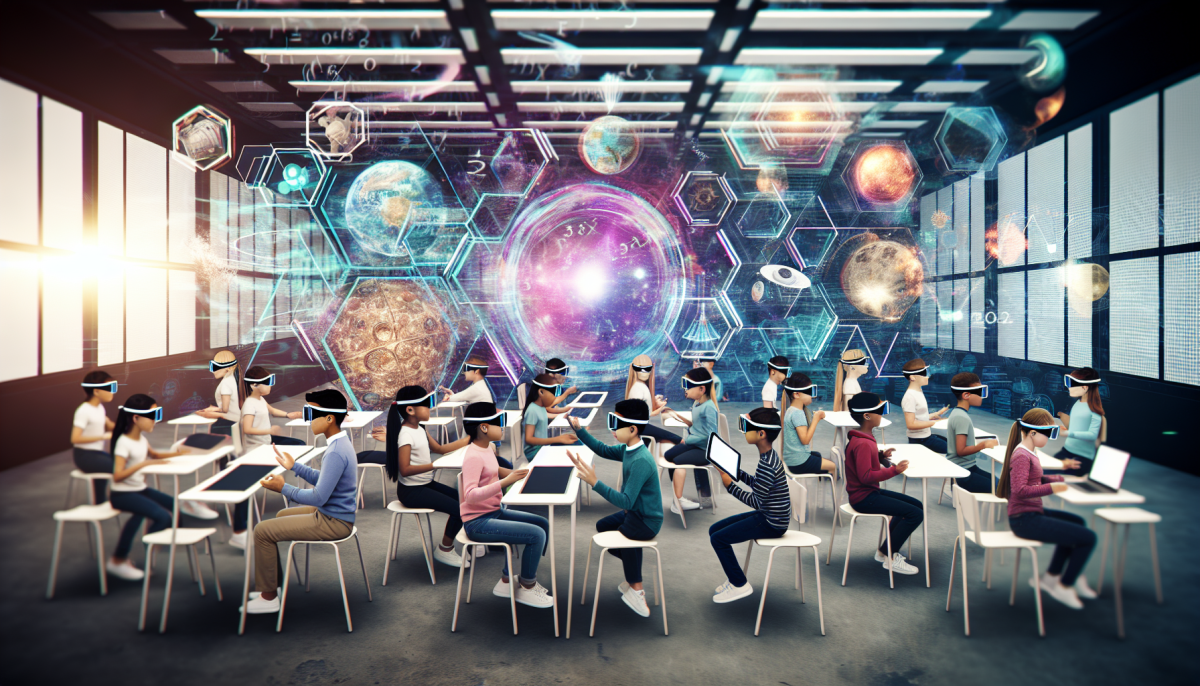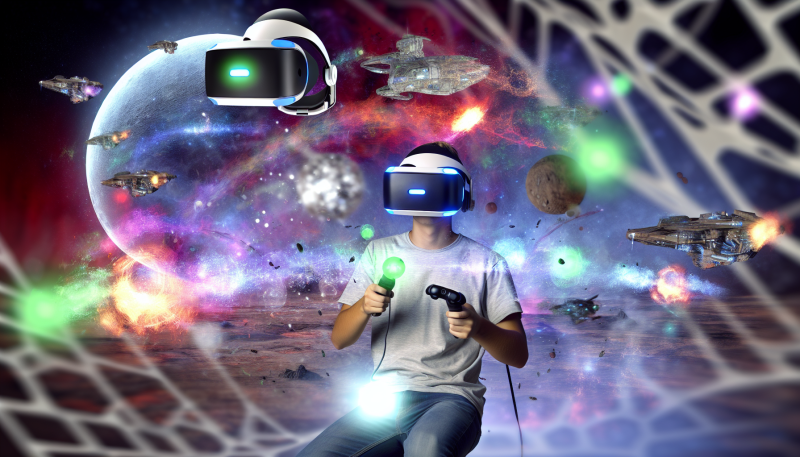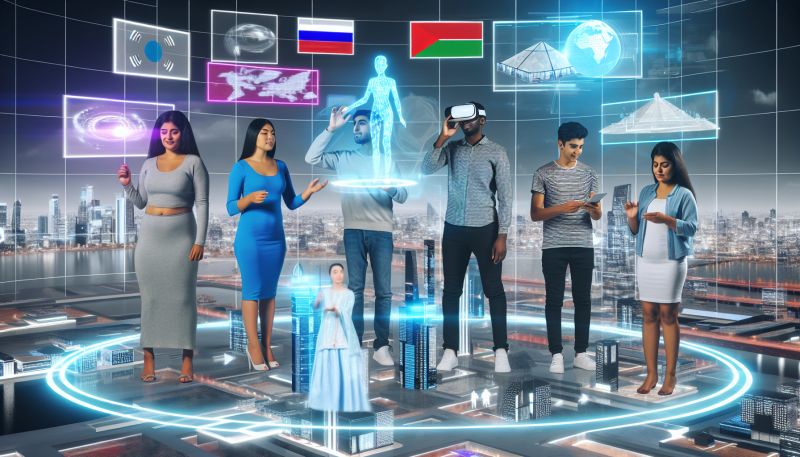Augmented Reality (AR) is transforming the way we learn by bringing interactive experiences right into our classrooms and homes. Imagine a student studying the solar system, and instead of just reading about planets in a textbook, they can see 3D models floating in the air around them. With AR, students can engage with the material in a completely new way, making learning not just informative but also immersive and exciting.
One of the best aspects of AR in education is its ability to cater to different learning styles. Visual learners can benefit from seeing concepts in action, while kinesthetic learners can interact with virtual objects. For example, a biology student can explore the human body in 3D, getting a closer look at organs and systems without needing a real-life lab. This hands-on approach helps students grasp complex topics more easily and retain information longer.
Moreover, AR can break down geographical barriers in education. A student in one part of the world can learn about ancient civilizations by exploring ruins virtually, while another student can dive into a chemistry experiment without the need for a physical lab. This accessibility not only enhances the learning experience but also fosters a global understanding of different cultures and ideas.
Teachers also benefit from integrating AR tools into their lessons. They can create engaging and interactive lesson plans that keep students focused and motivated. With AR, assessments can become more dynamic; for instance, students can showcase their understanding through interactive presentations rather than traditional tests. As a result, AR is not just a tool for learning but a bridge to more interactive and engaging educational environments.
Immersive Experiences for Active Participation
Immersive experiences through augmented reality (AR) are changing how we engage with educational content. Instead of being passive recipients of information, learners can now actively participate in their learning journey. AR applications allow students to interact with virtual objects and environments, making education more engaging and memorable.
For instance, imagine a history lesson where students can use AR glasses to walk through ancient cities or witness historical events unfold right before their eyes. This kind of interactive experience not only makes learning more exciting but also helps students retain information better. By seeing and interacting with the subject matter, learners can form deeper connections with the material.
Moreover, AR facilitates collaboration among students. Imagine a science class where groups of students can work together to conduct virtual experiments in real-time. They can manipulate elements, observe reactions, and analyze results without the constraints of a traditional lab. This collaborative aspect enhances teamwork and communication skills, preparing students for real-world scenarios.
In addition, AR can cater to various learning styles. Visual learners benefit from the vivid imagery AR provides, while kinesthetic learners thrive in interactive environments. By offering diverse methods of engagement, augmented reality ensures that every student has the opportunity to thrive and enjoy their learning experience.
Personalized Education with AR Technologies
Personalized education is becoming increasingly important in today’s diverse learning environment, and augmented reality (AR) technologies are paving the way for tailored experiences that cater to individual student needs. By integrating AR into the classroom, educators can enhance the learning process, providing students with interactive content that addresses their unique learning styles. This approach allows learners to grasp complex concepts through immersive experiences, ultimately making education more engaging and effective.
With AR, students can explore subjects like science, history, and mathematics in a way that traditional textbooks cannot offer. For instance, a biology student can visualize a 3D model of the human heart, rotating and interacting with it to understand its anatomy and functions better. This hands-on experience not only helps reinforce theoretical knowledge but also allows learners to pace their studies and revisit topics as needed, fulfilling their specific educational requirements.
Furthermore, AR technologies open up opportunities for collaborative learning. Students can work together on projects in a shared augmented space, where they can visually manipulate objects and share insights in real-time. This collaborative element fosters communication and teamwork, essential skills in both academic and professional settings. In essence, AR does not merely enhance individual learning but also promotes a community of learners working towards common goals.
Bridging Gaps in Traditional Learning
Traditional learning methods often rely heavily on textbooks and lectures, which can make it challenging for some students to fully grasp complex concepts. Augmented Reality (AR) provides a dynamic solution by bridging these gaps in traditional education. With AR, abstract ideas can become tangible, allowing learners to interact with educational content in a more immersive way. This hands-on approach can cater to different learning styles, making education more accessible to everyone.
Imagine studying the solar system without just reading about it. With AR, students can visualize planets rotating in 3D space right in their classroom. They can identify each planet's unique characteristics, such as its size and distance from the sun, by merely pointing their devices at a specific marker. This kind of engagement not only sparks curiosity but also reinforces knowledge retention, as students are more likely to remember what they've experienced in a visually stimulating environment.
Furthermore, AR can help to eliminate barriers for students who may struggle with traditional learning formats. For instance, visual learners benefit significantly from interactive graphics, while kinesthetic learners thrive in environments where they can actively engage with the material. AR tools create space for these diverse learning preferences, ensuring that every student has the opportunity to succeed and enjoy the learning process.
In addition to enhancing comprehension and engagement, AR can also foster collaboration among students. Group projects can become more interactive when teams work together to solve problems using AR applications. They can explore virtual worlds, conduct experiments, or even collaborate on creative tasks. This collaborative spirit nurtures communication skills and teamwork, vital components for success in today’s interconnected world.



